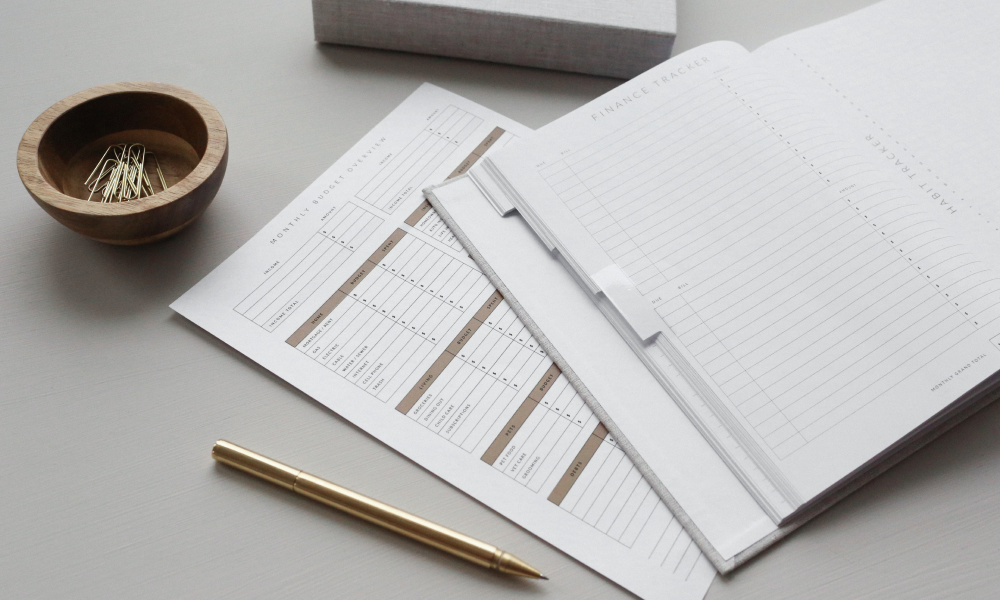Overview
Many people without training in accounting or finance can find reviewing, understanding and analysing financial statements a daunting process. Here are a few tips on where to start and how to make it easier as a beginner.
Starting Out
Every business and its financials are unique, however, there are a number of guiding principles that can help:
Find the Revenue
Where there are multiple entities within a group structure - it is easy to get overwhelmed.
Start with the entities that actually have customers! In other words, where are the entities that have external revenue, hold inventory or have trade debtors? From a group of multiple entities, there may only be one or trading entities. The others in the group may own assets, charge management fees or otherwise connect to the “hub” of the earnings generated by the main business(es).
Take the Financial Statements of ABC:
These figures indicate a trading business that has external customers.
Understand the Cash Flow
Most financial professionals such as accountants, lawyers and bankers complicate matters - by creating corporate structures which build complexity. This can make it difficult to accurately assess profit and loss. Ultimately, you just need to see where the cash is flowing. A good place to start is to compare “Cash Profit & Loss” against the Accounting Profit & Loss.
Take XYZ’s Financials:
Looks OK? Profits Growing. A closer look shows:
In this case, whilst Profit increased, so did all the time taken to sell inventory and collect debtors. This is part of “Working Capital Days”.
What are the Assets?
A Balance Sheet may look strong, though what are the assets outside of working capital? Is there assets included such as:
Intangible Assets - Goodwill, Patents, Brand, Trademarks etc.
Non-Operating Assets - Not actively used in the business (investments etc.)
Future Value - Assets that relate to capitalised expenses that are expected to provide a benefit to the business in subsequent years.
Do the values assigned to these assets seem realistic?
Separate the Business from the Owners
For most SME’s, the financials will have some “connection” to the ownership of the business. It is important to “cleanse” both the Profit & Loss and Balance Sheet if you want to assess the arms length performance of the business. Typical examples include:
Management Income/Fees
Revenue or Charges to the business from other entities in the group. This impacts the P&L, Balance Sheet if not received/paid. Need adjusting if they are not based on commercial terms.
Owner Salary/Personal Expenses
In many SME’s, the cost base doesn’t reflect the contribution of the owners, or it may be that there are several expenses of a personal nature that are paid for by the business.
A market salary for the ownership contribution needs to be included, and other revenue or costs need to be trimmed out of the business if they are based on commercial terms.
Ownership Equity/Loans
Look for assets or liabilities on the balance sheet relating to other entities in the group, or the owners individually.
Assets - Can either represent assets (cash) taken out and “loaned” to ownership. Or management income (see above) charged but not recovered as cash.
Liabilities - Can be created from either unpaid trust distributions (i.e. the business has a liability to pay prior period profits to unitholders). Or it can also be the ownership lending money to the business.
The common question in this scenario - especially where these liabilities are sustained for several years - is whether they are in fact liabilities or more represent “quasi equity”.
More Information?
info@clefinance.com.au

